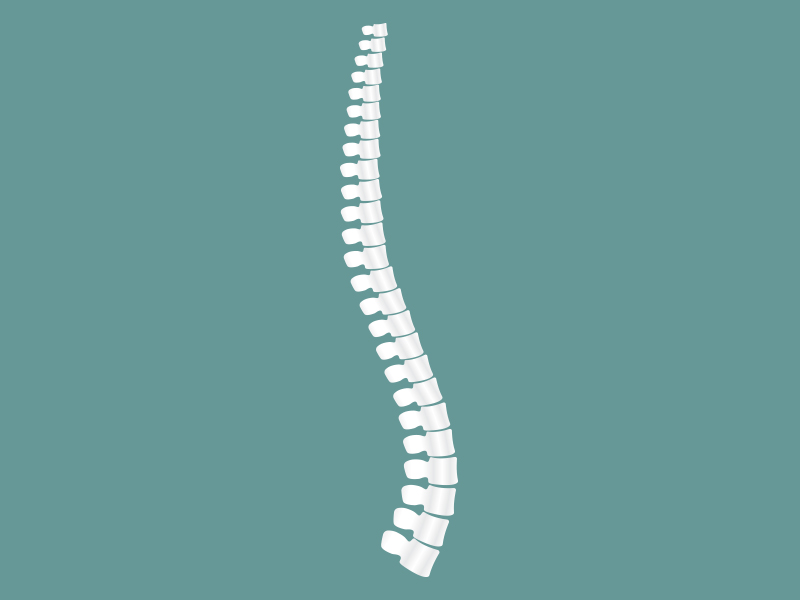“I’m waiting for someone to call these my Golden Years, so I can beat the stuffing out of them,” a senior recently told me. Aches, pains and disability can suck the joy out of life. Chiropractors serve an important role in helping seniors stay active, without over-reliance on medication or surgical intervention.
The Centers for Disease Control and Prevention (CDC) links impaired mobility and physical decline to depression, heart disease, several cancers and injuries. One survey showed 14 percent of men and 23 percent of women with Medicare could not walk to to three blocks. Difficulty kneeling, reaching overhead or lifting 10 pounds are also common. Impaired mobility is linked to:
• Arthritic joint changes. Arthritis is analogous to rust, and rusty or worn-out joints are painful. Pain inhibits function, which accelerates disuse and misuse arthritis.
• Obesity. Excess weight overloads joints, accelerating arthritic joint changes.
• Weakness and muscle atrophy. Though some seniors avoid stairs due to pain, many seniors are also weak. Age and disuse-related muscle loss means less ability to move, walk and lift.
• Loss of proprioception. Proprioception is the ability to coordinate the body’s motion through sensing the body’s parts and their proper, interrelated function. A loss of strength,
balance and control is typical as our proprioception declines.
Many people still think of chiropractors as spine specialists, though doctors of chiropractic (D.C.) are thoroughly trained in spinal mechanics and spinal manipulation (chiropractors prefer the term “adjusting”). These doctors are trained in diagnosis, treatment and prevention of diseases of the entire neuromusculoskeletal system. They are also trained in lifestyle interventions (diet, exercise, ergonomics). This means that for many conditions involving spines, knees, hips, shoulders, muscles, ligaments and tendons, a D.C. is a valid option. While provider-dependent models clearly aren’t producing the quality of life that American seniors deserve and demand, chiropractors are stepping up to fill the needs of an aging population.
A 2014 study suggested that for seniors, chiropractic care provides a “protective effect” against 1-year declines in function and self-reported health. Consistent with other studies, these seniors had high satisfaction with the care and education they received from the chiropractic doctor. As our population ages, we would be wise to integrate chiropractic care into a central role in promoting quality and quantity of life for all.
Case Study:
Unsteady Senior
A senior presents with low back pain. She walks with a widened, unsteady gait and is fearful of falling. Her chiropractor performs a physical examination and takes a complete history, including requesting prior X-rays and an MRI from her doctor. The chiropractor determines that there are joints in the low back that are not moving properly, and adjusts them by hand. The chiropractor begins doing in-office and home-based balance and stability training to improve proprioception, strength and control; and also provides home-based suggestions and exercises. Three acupuncture sessions are added for the right knee, which has X-ray documented arthritic changes. The patient also learns about non-drug, dietary ways to minimize inflammation. After four weeks of care, the patient is walking with more confidence, and generally moves with more poise and grace. She reports improved ability to walk up to a half mile, and is more confident getting up from a chair. She also reports her back pain is minimal, and she has not taken ibuprofen or Tylenol in three weeks.


